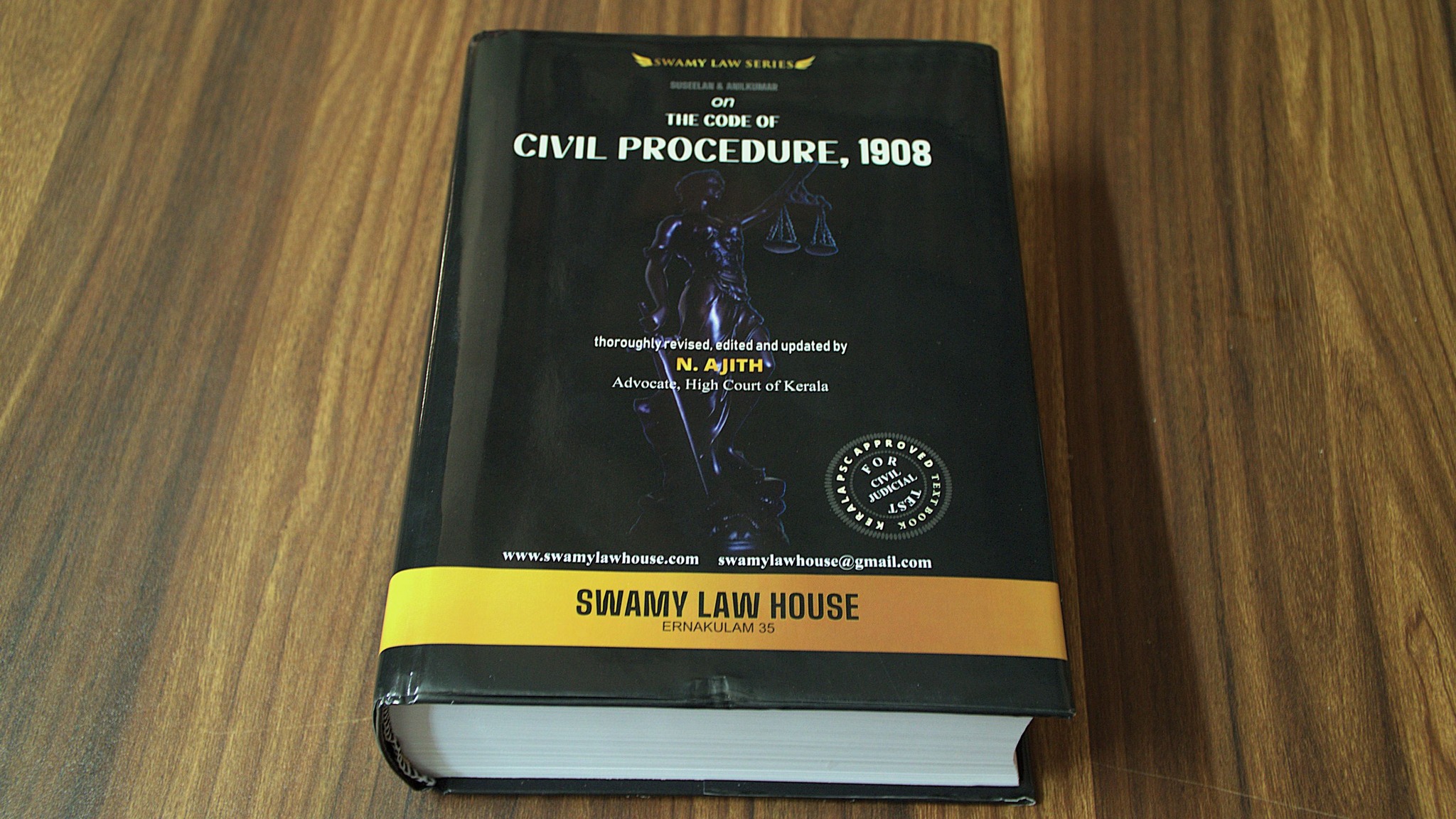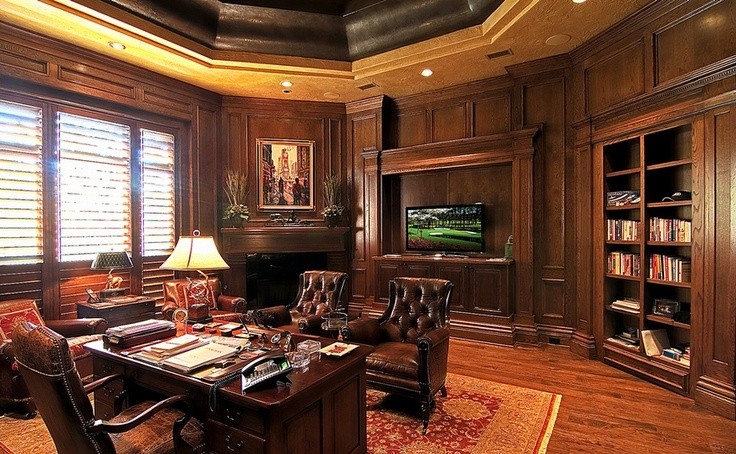“ then only it's a valid custom ……….."
In Subramanian Chettiar v. Kamanappa Chettiar AIR 1955 Mad.145 custom is defined as "a particular rule which has existed from the time immemorial and has obtained the force of law in a particular locality". The custom must be ancient, but it is not of the essence of this rule that its antiquity must in every case be carried back to a period beyond the memory of man. A custom to be recognised by a court should be ancient, continuous and uniform, reasonable, certain, compulsory, enjoyed peacefully, not immoral and must not be opposed to public policy. This is the general rule as to the applicability of a custom. A custom observed in a particular place derives its force from the fact that it has, from long usage, obtained in that particular place the force of law. Section 13 of the Evidence Act refers to three types of customs. General, public and private. Custom common to a class of people living in the same place or belonging to the same caste or community is the general custom. Custom which is a matter of public interest is a public custom. Family customs and usages are labeled as private customs. The section also speaks of the proof with regard to the existence of any right or custom. Facts relevant as to the existence of any custom is as follows:- any transaction by which the right or custom in question was created or claimed or modified or recognised or asserted or denied or the custom was inconsistent with its existence; and
- particular instance in which the right or custom was claimed or recognised or exercised or its existence was disputed or asserted or departed from is relevant.
- it must be immemorial
- it must be reasonable
- it must have continued without interruption since its immemorial origin and
- it must be certain in respect of its nature generally, as well as in respect of the locality where it is alleged to obtain and the persons to whom it is alleged to affect."
- AIR 1941 PC 21
- AIR 1955 SC 266
- 1955 SCR 1191
- AIR 1964 Pat 150

























